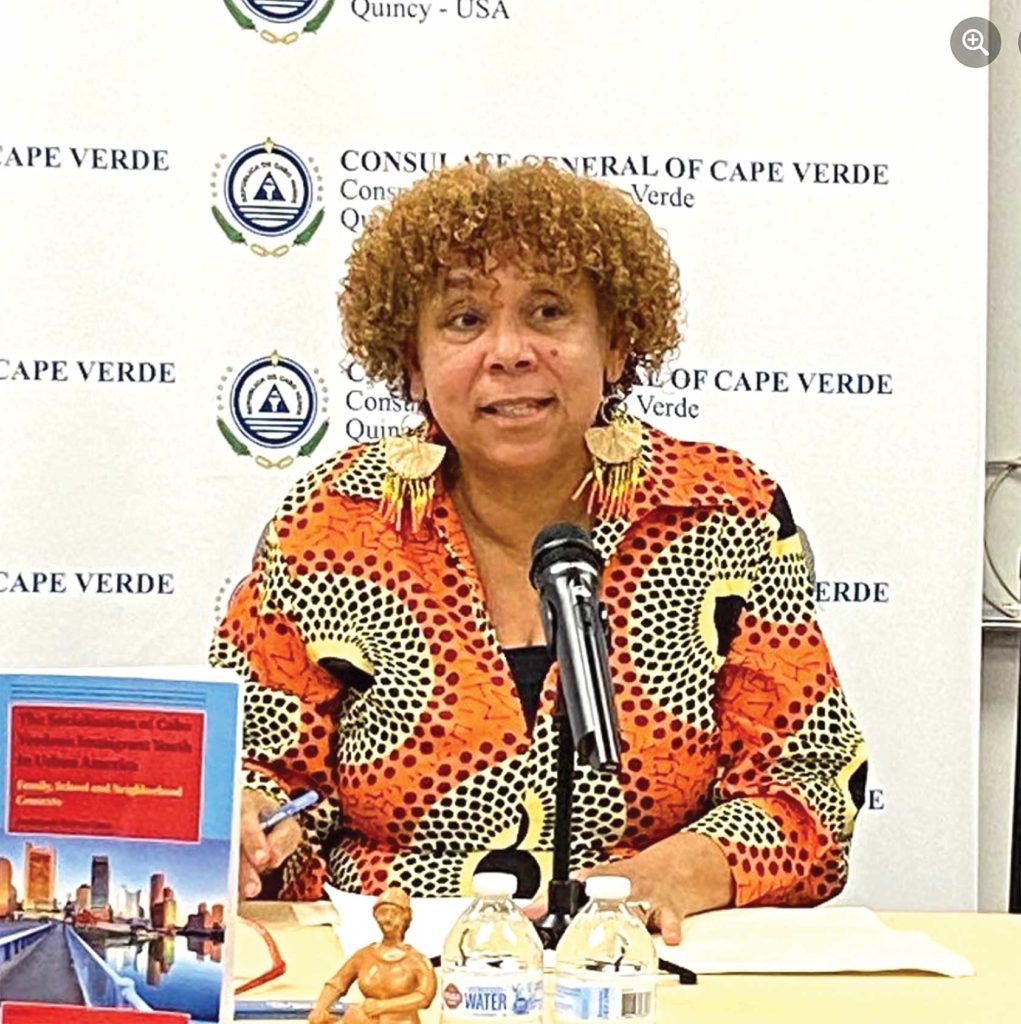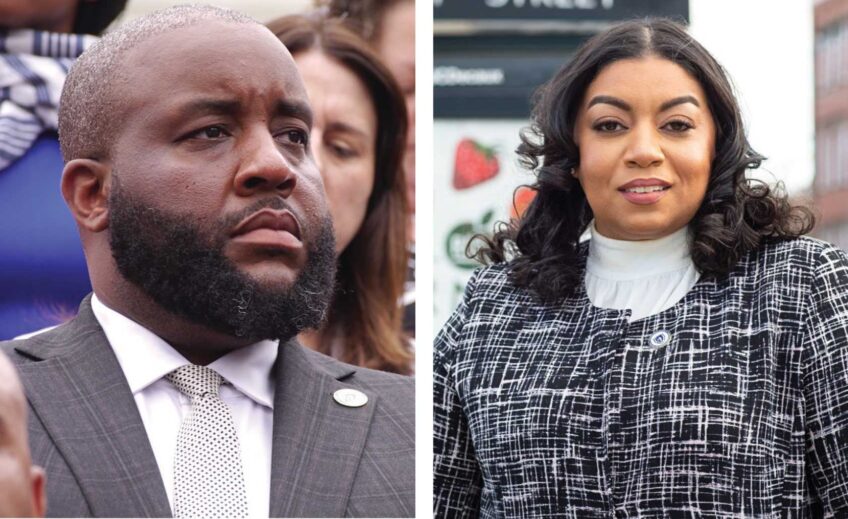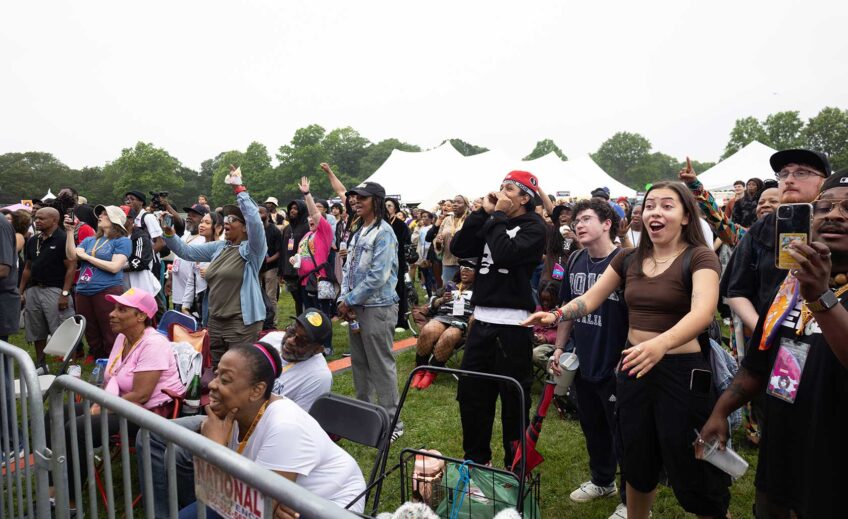Scholar studies violence in Cabo Verdean community
Some Cape Verdean youth turned to gangs as structures broke down

For generations, the region’s Cabo Verdeans lived in relative anonymity and were largely unbothered, often mistaken for Puerto Rican or Dominican.
That neutrality took a negative turn in Boston in the 1990s when its young male population began forming gangs, first out of protection before moving onto drug peddling, gun possession and homicide.
The shattered innocence exposed fault lines in families transitioning from a tiny pastoral homeland to a modern inner city without the historical precedence, language skill or the urban sophistication to deal with what was suddenly thrust on their plate.
The toll taken on the community, with hundreds falling to gang violence, to large-scale incarceration and even permanent deportation, has been disastrous, while having an unintended consequence on the law-abiders whose road got tougher by the community’s tarnished reputation.
Boston Public Schools teacher Ambrizeth Lima has researched this three-decades-long dark age and shared her findings in her recent book, “The Socialization of Cabo Verdean Immigrant Youth in Urban America: Family, School and Neighborhood Context.”
Lima, who holds a Ph.D. in Education from Harvard and has taught in BPS for 32 years, said despite the bad exposure there has always been a resiliency and hope for a brighter tomorrow.
“The community is intact and there are a lot of good things to tell about the youth who are doing wonderful things,” she said. “But you do have to talk about the bad things and the people caught up in it because they are the ones losing their lives and getting deported.”
Lima said she and others had been trying to analyze just what was causing this shift in the youth, hoping to help arrest the problem. These incidents have occurred primarily in Boston, where the Cabo Verdean population is listed as 40,000, but the criminal activities were also found in Brockton and Pawtucket, Rhode Island. The fieldwork for the book involved many personal interviews with gang members, those incarcerated and even some deportees. In the interest of safety, she chose not to disclose their names.
“Although I had gone through the same process of acculturation, I didn’t have the theoretical framework to interpret what was going on,” Lima said. “I didn’t have the knowledge. So we were all trying to figure it out. It was an entire group of professionals in Boston. We’d have meetings. The Consulate of Cabo Verde was involved. I finally said, ‘I need to learn about this.’”
That academic sojourn took her to Harvard University but even there, she found scant information.
“We didn’t have any research based on Cabo Verdean youth, and it’s not surprising,” she said. “So I had to extrapolate and look at other ethnic groups. I looked at the research on Haitians, Black Americans, Dominicans to get a sense of what was going on and recognize that this was not [solely] a Cabo Verdean thing. There was even Portuguese (Azorean) youth getting deported from Toronto and from Fall River.”
The research revealed the female population remained relatively unscathed from street violence because of the families’ unwavering protection of girls. But the boys were left exposed and abandoned by their families, the school system and the communities’ lack of after-school programs to mitigate the streets’ inherent dangers.
“One percent of Cabo Verdeans were being deported — and 99.9 percent were young men,” she said, during a recent phone interview. “It’s such a small percentage of the population, but it has had such an impact over everything else. In the 1990s, you remember the sweeps going into homes, picking up the young men taking them to jail and then deporting them.”
The biggest crimes being committed were drug trafficking and possession of unlicensed firearms, but she stressed that older men, beyond typical gang age, were being nabbed for domestic violence and statutory rape.
Many of these same crimes were being committed by young adult males from the Azores, a group of Portuguese-speaking sister islands in a region known as Macaronesia that includes Madeira and the Spanish Canary Islands along with Afro-Portuguese Cabo Verde.
“I think you have to take in the context that these children come from rural Cabo Verde,” she added. “They come to urban America. Their parents are socially illiterate and cannot follow them. They go to the schools, where the context is also one that is hostile. If they are not in the bilingual program, they get put into special education. They then basically don’t see the value of going to school, so they drop out and take to the streets.”
Lima said the kids who fell through the cracks invariably were ones who arrived in Boston very young or who were American-born, having a different cultural framework, while those arriving in their early teens had an old-world upbringing in a safe environment surrounded by extended family and strong sense of right from wrong.
“Those who did well were in bilingual programs,” she stressed. “Those who have done well tended to arrive here when they were like 13, 14, 15. Those who were on the list for deportation came when they were like 6 months or so. So they came very early.”
Lima said the factors that contributed to the teenagers’ predicament was a tri-partite failure by the people who loved them most and those either elected or employed to ameliorate the daily lives of inner-city youth.
“So this is the question: How did family, communities and schools work together to help the young ones in the process of socialization?” she said. “Something broke down. Something did not work out, because a lot of the parents were absent from the schooling process from a very early age. That played a big factor. Also, a lot of them spoke of not having the parents there, and if the community itself does not provide programs for them to go to, they are left alone to sort out this society.”
The mere routines of daily life that others take for granted come at great peril in the big cities for youth from all groups. Those involved could barely hide their confusion or fear.
“They said, ‘What do you think I should do, living where I live, knowing that other boys here have guns and they can come and kill me, so why shouldn’t I carry a gun?’ They were asking me, ‘What do you think I should do?’”
She added, “Just going from their house to school and asking parents, ‘Give me a ride’ and the parents not understanding how dangerous it is if you are in the Wendover neighborhood that you cannot cross certain streets because it’s the other group’s territory.”
Religiously Roman Catholic but also imbued with a strong African framework, the families nevertheless seemed to go out of their way to protect their girls.
“There is another thing that I mentioned in my book, and that is the gender roles,” Lima added. “A lot of the kids told me how the parents protected the girls, but the boys were left alone to roam the streets. Like, ‘Boys will be boys.’ I know as a teacher the girls couldn’t go on field trips, but the boys could. The girls grow very close to the family. They went to Catholic Schools, all-girl schools. The boys told me they were left free to roam and didn’t have the guidance. They were boys and they were not going to get pregnant, so they could get out there and do what they needed to do. I don’t think the parents realized how dangerous it was for the boys.”






